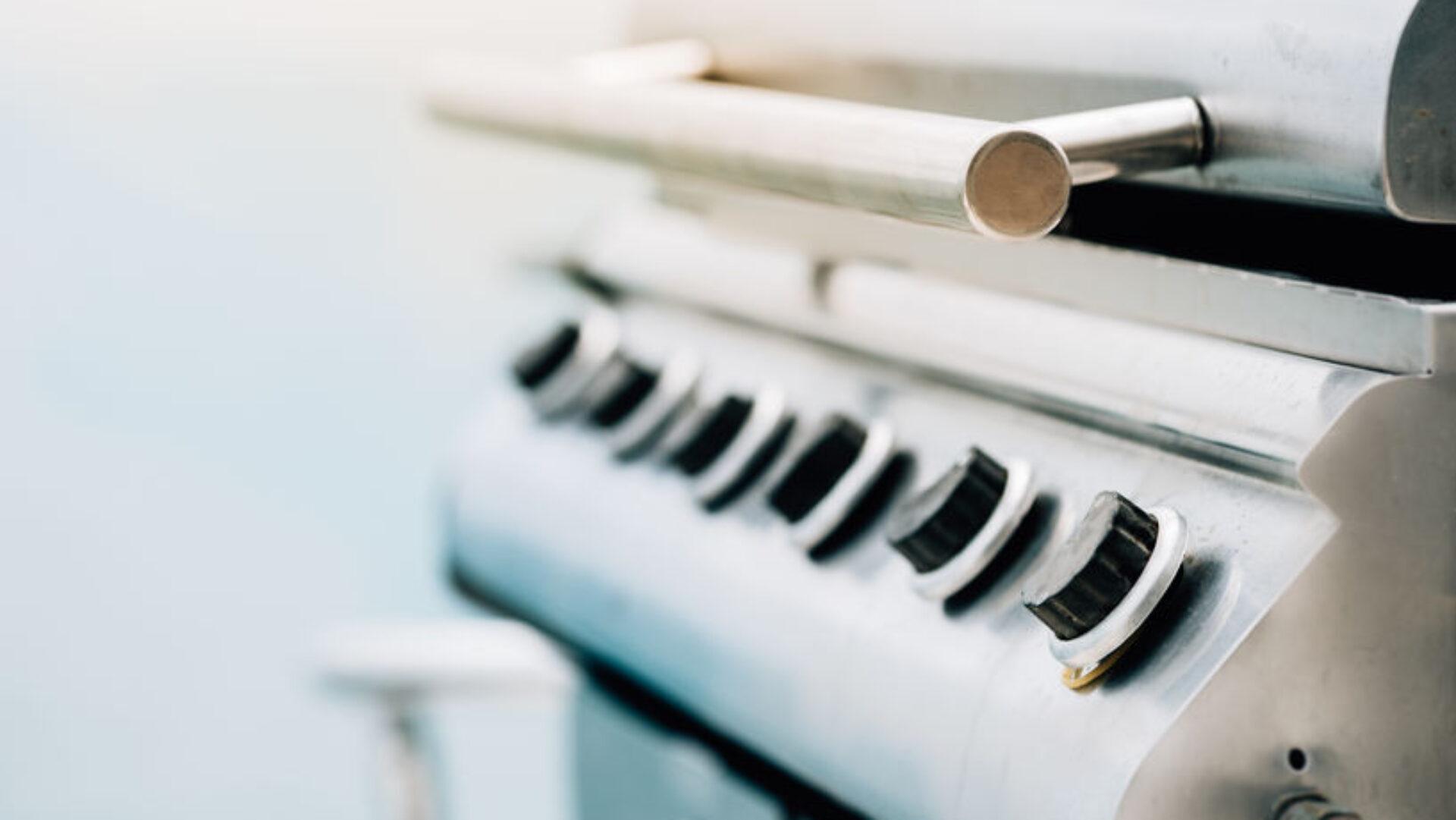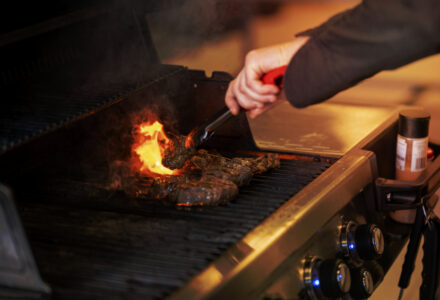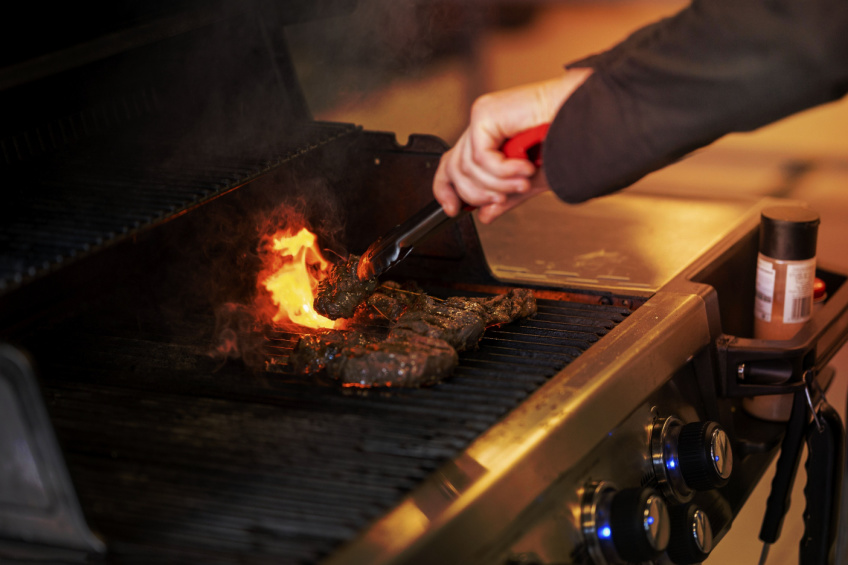 Gas grills are a popular choice for outdoor cooking due to their convenience and ease of use.
Gas grills are a popular choice for outdoor cooking due to their convenience and ease of use.
While many people are familiar with the basic components of a gas grill, such as the grates, lid, and fuel source, the primary burner is a critical part that often goes unnoticed.
In this article, we will explore what the primary burner is and how it works, the different types of primary burners available, and the importance of maintaining and cleaning this crucial component to keep your gas grill in optimal condition.
By understanding the primary burner on your gas grill, you can enhance your outdoor cooking experience and ensure your grill lasts for years to come.
Gas Grill Anatomy – Key Components and Functions
To better understand the primary burner on a gas grill, it’s essential to know the key components and functions of a gas grill’s anatomy.
Here are the main parts of a gas grill and their functions.
- Fuel Source. The fuel source for a gas grill is propane or natural gas, which provides the heat to cook food.
- Burners. The burners are the tubes or pipes that distribute the fuel from the source to the grill grates. The burners come in different shapes, sizes, and materials.
- Heat Diffusers. Heat diffusers sit above the burners and help to distribute the heat evenly across the grill. They can be made of ceramic, stainless steel, or lava rock.
- Cooking Grates. Cooking grates are the metal bars that hold the food while it cooks. They can be made of stainless steel, cast iron, or porcelain-coated steel.
- Ignition System. The ignition system is used to start the grill by igniting the fuel source. There are several types of ignition systems, including piezo-electric, electronic, and match-lit.
- Drip Tray. The drip tray sits under the cooking grates and catches any excess grease or fat that drips from the food.
Understanding these components and their functions is essential to ensure that your gas grill operates correctly and produces delicious, evenly cooked food.
What is a Primary Burner and How Does it Work?
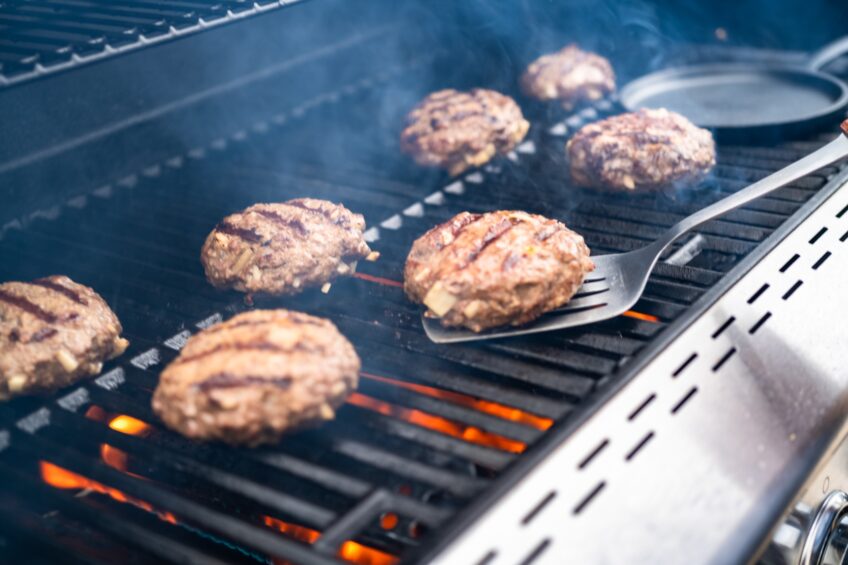 The primary burner is the main source of heat on a gas grill.
The primary burner is the main source of heat on a gas grill.
It is responsible for heating up the cooking grates, which in turn cook the food.
The primary burner is typically made of stainless steel, brass, or cast iron and is connected to the gas source by a gas hose or tube.
When you turn on the gas grill, the fuel source flows through the gas hose and into the primary burner.
The ignition system then creates a spark or flame, which ignites the fuel and creates a steady flame.
As the fuel burns, it produces heat, which is distributed through the burner ports or holes.
The heat produced by the primary burner is then transferred to the heat diffusers or lava rocks, which distribute the heat evenly across the grill.
The cooking grates, which sit above the heat diffusers, then absorb the heat and cook the food placed on them.
The intensity of the heat produced by the primary burner can be adjusted by adjusting the gas flow using the control knobs on the grill.
This allows you to control the temperature and ensure that your food is cooked to perfection.
Overall, the primary burner is a crucial component of a gas grill, as it provides the main source of heat that cooks the food.
Understanding how it works and how to maintain it is essential to ensure that your gas grill operates correctly and produces delicious meals.
Different Types of Primary Burners for Gas Grills
There are several types of primary burners available for gas grills, each with its unique features and benefits.
Here are some of the most common types.
- Cast Iron Burners. Cast iron burners are durable and long-lasting, making them a popular choice for gas grills. They can withstand high temperatures and provide consistent heat distribution.
- Stainless Steel Burners. Stainless steel burners are corrosion-resistant and easy to clean, making them an excellent choice for outdoor grilling. They come in a variety of sizes and shapes, making them suitable for different types of gas grills.
- Ceramic Burners. Ceramic burners are known for their ability to produce high heat and distribute it evenly across the grill. They are also incredibly durable and can last for many years.
- Infrared Burners. Infrared burners use infrared technology to produce intense heat that sears and cooks food quickly. They are ideal for grilling steaks, burgers, and other meats, as they create a crisp, caramelized exterior.
- Hybrid Burners. Hybrid burners combine the benefits of different types of burners to provide optimal heat distribution and versatility. They typically feature a combination of stainless steel and ceramic materials to produce both direct and indirect heat.
When choosing a primary burner for your gas grill, consider factors such as durability, heat distribution, and ease of maintenance.
Ultimately, the type of burner you choose will depend on your grilling needs and preferences.
Importance of Maintaining and Cleaning the Primary Burner
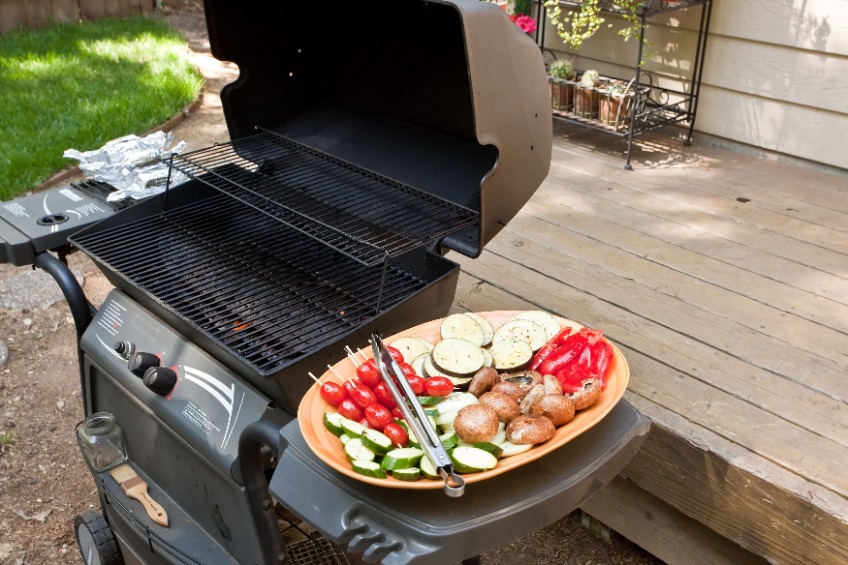
Maintaining and cleaning the primary burner is crucial for the proper functioning of your gas grill.
Here are some reasons why.
- Prevents Flare-ups. Flare-ups occur when excess grease or food debris accumulates on the primary burner, causing flames to shoot up and potentially burn the food. Regular cleaning of the primary burner can prevent this from happening and ensure that your food is cooked evenly.
- Increases Lifespan. Regular maintenance and cleaning of the primary burner can extend its lifespan, as it prevents rust and corrosion from developing. This is particularly important if you live in a coastal area, where salt air can cause rust and other damage.
- Improves Heat Distribution. Over time, the primary burner can become clogged with food debris or grease, reducing its ability to distribute heat evenly across the grill. Cleaning the primary burner can improve its heat distribution and ensure that your food is cooked evenly.
- Enhances Safety. A dirty or clogged primary burner can be a fire hazard, as it can cause unexpected flare-ups or even gas leaks. Regular cleaning and maintenance of the primary burner can enhance the safety of your gas grill and prevent accidents.
To maintain and clean your primary burner, you should remove any food debris or grease buildup with a wire brush or scraper.
If the burner is particularly dirty, you may need to remove it and soak it in warm soapy water to dissolve the grease.
Be sure to rinse and dry the burner thoroughly before reattaching it to the grill.
In conclusion, maintaining and cleaning your primary burner is essential to ensure that your gas grill operates correctly and produces delicious, evenly cooked food.
It also enhances the safety and lifespan of your grill, making it a worthwhile investment of your time and effort.
Troubleshooting Common Primary Burner Problems
While gas grills are generally reliable, the primary burner can experience problems from time to time.
Here are some common primary burner problems and troubleshooting tips.
- Low Heat. If your grill is not producing enough heat, check the burner for blockages. Food debris or rust can clog the burner ports or holes, preventing gas from flowing through them. Use a wire brush or scraper to clean the burner and remove any blockages.
- Uneven Heat. Uneven heat can be caused by clogged burner ports or a damaged heat diffuser. Check the burner ports for blockages and replace the heat diffuser if it is cracked or broken.
- Yellow Flames. Yellow flames indicate incomplete combustion and can be caused by a dirty or clogged burner. Clean the burner and ensure that the gas flow is adjusted correctly.
- Excessive Flames or Flare-Ups. Excessive flames or flare-ups can be caused by excess grease or food debris on the burner or heat diffuser. Clean the burner and heat diffuser to prevent grease buildup.
- Burner Won’t Light. If the burner won’t light, check the gas supply and ignition system. Make sure that the gas valve is open and that the ignition system is functioning correctly. If the ignition system is not working, you may need to replace the igniter or battery.
- Rust or Corrosion. Rust or corrosion can cause the burner to malfunction or fail over time. To prevent rust or corrosion, clean the burner regularly and protect it from moisture.
If these troubleshooting tips do not solve the problem, it may be necessary to replace the primary burner.
Contact the manufacturer or a professional technician to help you diagnose and fix the problem.
Bottom Line – Keeping Your Gas Grill’s Primary Burner in Top Shape
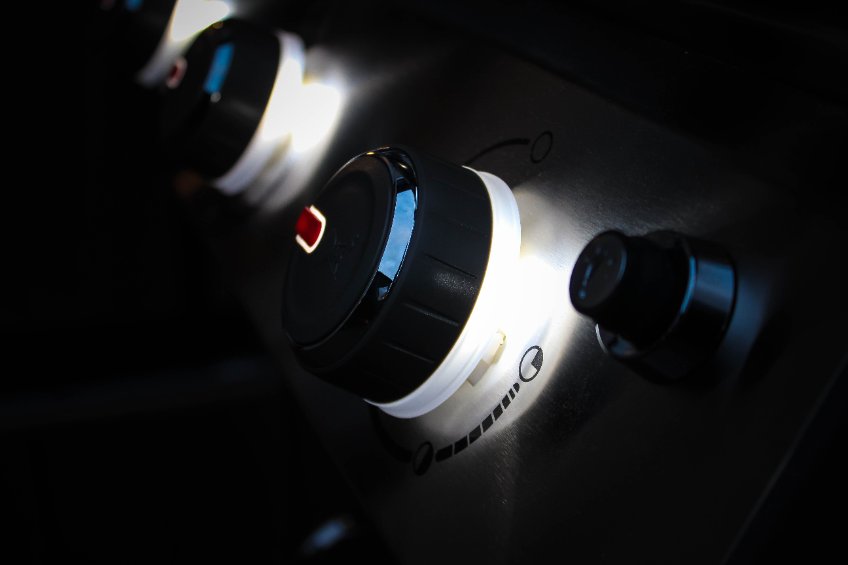 The primary burner is one of the most important components of a gas grill, responsible for generating the heat that cooks your food.
The primary burner is one of the most important components of a gas grill, responsible for generating the heat that cooks your food.
Proper maintenance and cleaning of the primary burner can help ensure that your gas grill operates correctly and produces delicious, evenly cooked food.
By following the tips outlined in this article, such as regularly cleaning the primary burner to prevent blockages and rust, you can increase the lifespan of your grill and enhance its safety.
Remember to troubleshoot any problems with the primary burner promptly, and seek professional help if needed.
With proper care and maintenance, your gas grill’s primary burner can provide years of enjoyable outdoor cooking.
